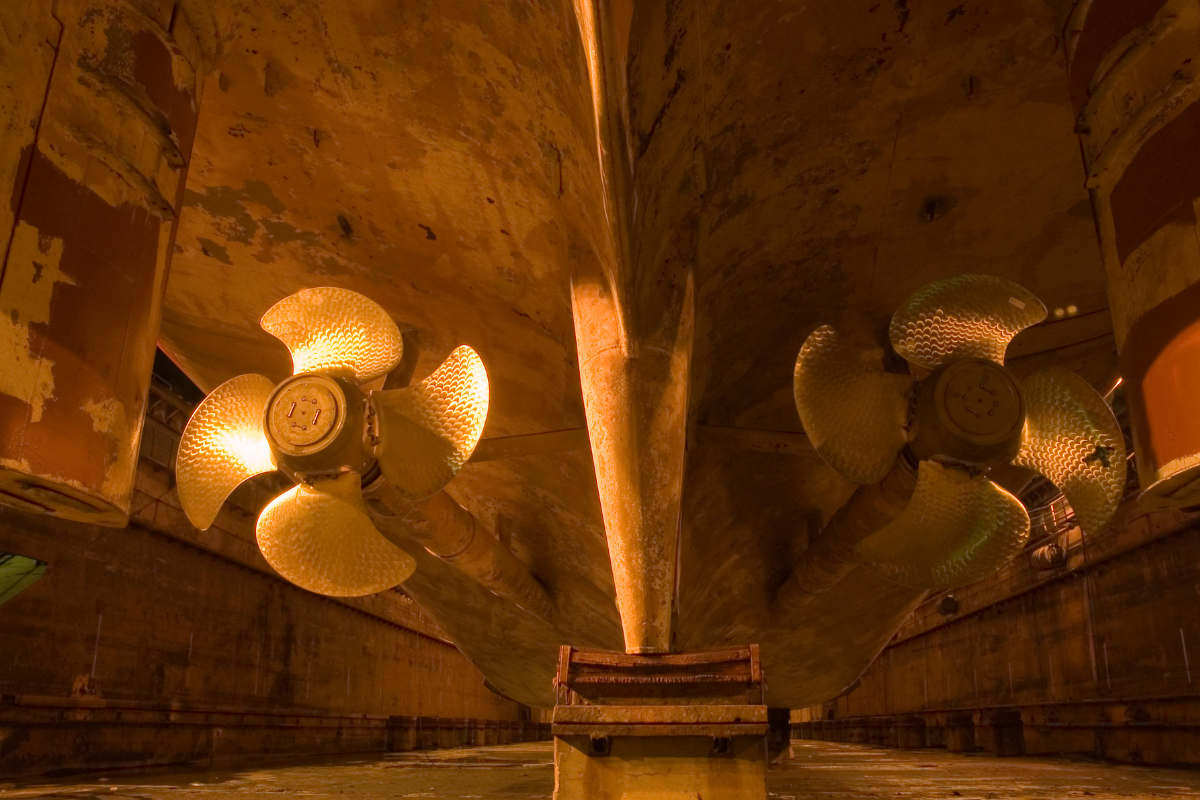Drydocking is a critical part of a vessel’s lifecycle, but it’s also one of the most significant expenses shipowners face. Understanding the factors that influence drydocking costs can help you plan more effectively, avoid surprises, and keep your project within budget. Here are the top seven factors that impact drydocking costs and tips on managing them:
1. Scope of Repairs and Maintenance
The scope of work is the single most important factor in determining the cost of drydocking. Whether it’s routine maintenance or major repairs, the extent of required work directly influences labor, materials, and time.
💡 Tip: Create a detailed repair specification before approaching shipyards to ensure accurate and competitive quotes.
2. Choice of Shipyard
Shipyard location, expertise, and facilities play a significant role in cost variation. Yards in regions with lower labor costs might offer cheaper rates, but they may not always deliver the same quality or efficiency as premium facilities.
💡 Tip: Evaluate shipyards not just on price but also on reliability, expertise, and past performance.
3. Timing of Drydocking
Seasonal demand significantly affects drydocking costs. Peak periods—such as the months before regulatory surveys—can lead to higher prices due to limited availability of drydocks and labor.
💡 Tip: Schedule your drydocking during off-peak times whenever possible to secure better rates and faster turnaround.
4. Hidden Costs in Shipyard Quotes
Initial quotes from shipyards might not include all costs, such as consumables, environmental fees, or additional testing. These hidden expenses can escalate your budget unexpectedly.
💡 Tip: Work with experts to analyze shipyard quotes and uncover any omitted costs before committing.
5. Duration of the Drydocking
Time is money, and the longer your vessel stays in the dock, the higher the costs. Delays due to poor planning, unforeseen repairs, or insufficient supervision can inflate expenses.
💡 Tip: Assign experienced superintendents or consultants to oversee the project and keep the timeline on track.
6. Environmental and Regulatory Compliance
Compliance with environmental regulations—such as waste disposal and emissions—can add to the overall cost. These fees often vary depending on the location of the shipyard and the type of work required.
💡 Tip: Research local regulations in advance and factor these expenses into your budget.
7. Material Costs
The cost of materials, such as paints, coatings, and replacement parts, can vary widely based on the market and supplier. Quality materials might be more expensive initially but can save money in the long run by lasting longer and requiring less maintenance.
💡 Tip: Consider bulk purchasing or working with suppliers who can offer competitive rates through shipyards.
Conclusion
Drydocking costs can quickly add up, but careful planning and expert analysis can help you stay within budget. By understanding and addressing these seven factors, you can ensure a smoother process and better financial outcomes.
At GML Consulting, we specialize in helping shipowners and operators prepare for drydocking with precision. From analyzing shipyard quotes to training superintendents, our services are designed to save you time, money, and stress.



